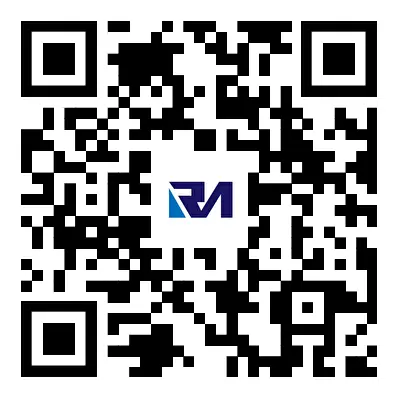 English
English שפה עברית
שפה עברית  Kurdî
Kurdî  Español
Español  Português
Português  русский
русский  tiếng Việt
tiếng Việt  ภาษาไทย
ภาษาไทย  Malay
Malay  Türkçe
Türkçe  العربية
العربية  فارسی
فارسی  Burmese
Burmese  Français
Français  日本語
日本語  Deutsch
Deutsch  Italiano
Italiano  Nederlands
Nederlands  Polski
Polski  한국어
한국어  Svenska
Svenska  magyar
magyar  বাংলা ভাষার
বাংলা ভাষার  Dansk
Dansk  Suomi
Suomi  हिन्दी
हिन्दी  Pilipino
Pilipino  Gaeilge
Gaeilge  Indonesia
Indonesia  Norsk
Norsk  تمل
تمل  český
český  ελληνικά
ελληνικά  український
український  Javanese
Javanese  தமிழ்
தமிழ்  తెలుగు
తెలుగు  नेपाली
नेपाली  български
български  ລາວ
ລາວ  Latine
Latine  Қазақша
Қазақша  Euskal
Euskal  Azərbaycan
Azərbaycan  Slovenský jazyk
Slovenský jazyk  Македонски
Македонски  Lietuvos
Lietuvos  Eesti Keel
Eesti Keel  Română
Română  Slovenski
Slovenski
How Does an Anti-Floating Anchor Drilling Rig Prevent Uplift in Soft Soil?
2025-06-13
How Does an Anti-Floating Anchor Drilling Rig Prevent Uplift in Soft Soil?
In geotechnical engineering, the Anti-Floating Anchor Drilling Rig plays a critical role in stabilizing structures built on soft soil. Soft soil’s low bearing capacity and high compressibility often lead to uplift forces, jeopardizing construction safety. The Anti-Floating Anchor Drilling Rig addresses this by installing deep anchors that counteract these forces effectively.

The Anti-Floating Anchor Drilling Rig operates by drilling into the soil and embedding high-strength tendons or cables. These anchors are then grouted to form a solid bond with stable strata. Unlike conventional methods, the Anti-Floating Anchor Drilling Rig ensures precise depth control, maximizing load resistance. This process distributes uplift forces evenly, preventing structural displacement.
Advanced sensors on the Anti-Floating Anchor Drilling Rig monitor drilling parameters in real-time, adjusting for soil variability. This technology enhances accuracy, ensuring anchors reach optimal depths. By leveraging the Anti-Floating Anchor Drilling Rig, engineers achieve long-term stability even in challenging soft soil conditions.
In conclusion, the Anti-Floating Anchor Drilling Rig is indispensable for mitigating uplift in soft soil. Its precision, adaptability, and robust design make it a cornerstone of modern geotechnical solutions.




